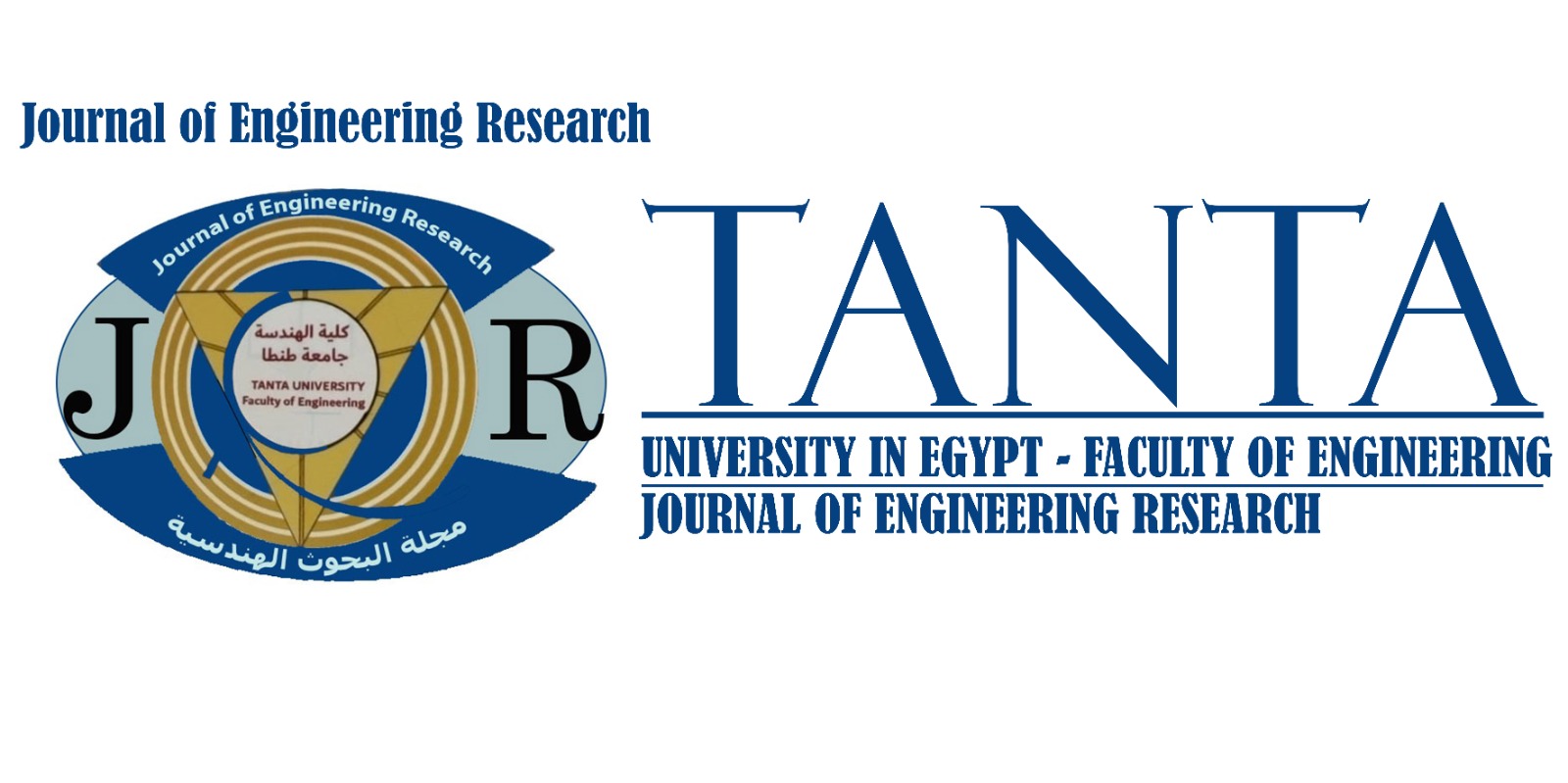Journal of Engineering Research

Abstract
Residential buildings are the major sector in the construction industry that consume energy and affect the whole environment. Controlling these effects has always been the foremost concern, especially the existing ones. This paper addresses a case study of existing residential buildings at Jubail Industrial City in the Kingdom of Saudi Arabia, where the units are reproduced all over the districts.With proper design and maintenance, green roofs can provide cost-effective and sustainable solutions for existing residential buildings. The best set of strategies through the Climate Consultant software have been studied where the strategy of adding the green roof comes as a priority for the selected city. Green roofs, also known as vegetated roofs or rooftop gardens, offer a wide range of benefits for existing residential buildings. These benefits include improved insulation, reduction of stormwater runoff, increased biodiversity, and improved air quality. In addition, green roofs can also provide aesthetic and recreational benefits for residents. Green roofs can reduce a building’s energy consumption, lower urban heat island effects, and extend the roof's life.By using the green roofs suitable type for the existing buildings and simulating the two scenarios for the existing and the proposed cases using the Design Builder software, while using Climate Consultant software recommends strategies, results revealed that the green roof option could reduce the total energy consumption by at least 8.8 %. Besides benefiting the building's users, this approach will provide an economical solution to protect the environment in terms of reducing power consumption and environmental pollution.
Recommended Citation
Ramadan Elantary, Asmaa
(2023)
"The Energy-Saving Potential of a Green Roof on Existing Residential Buildings. A Case Study of Jubail Industrial City, Saudi Arabia.,"
Journal of Engineering Research: Vol. 7:
Iss.
2, Article 15.
Available at:
https://digitalcommons.aaru.edu.jo/erjeng/vol7/iss2/15

